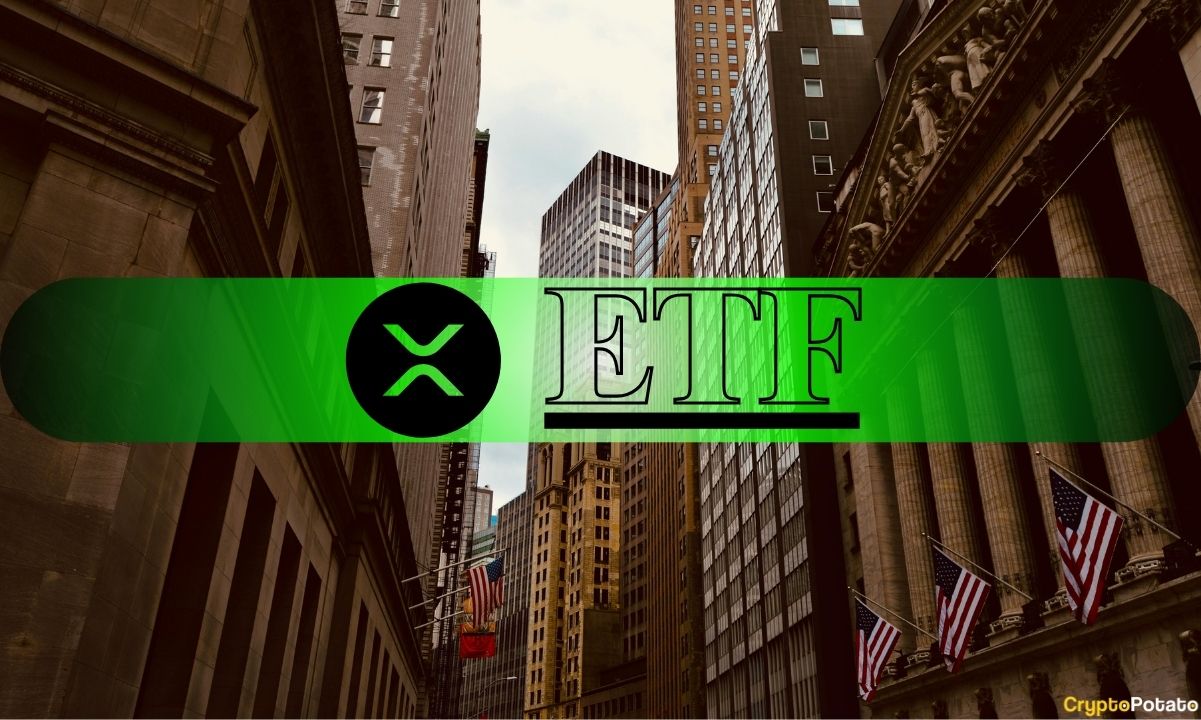CryptoCurrency
Here’s How It’s Going So Far


Here’s how Bitwise’s XRP ETF is doing so far during its launch day.
The third-largest non-stablecoin cryptocurrency has another exchange-traded fund tracking its performance going live today on Wall Street.
After Canary Capital’s launch last week, Bitwise’s XRP ETF hit the New York Stock Exchange under the XRP ticker as of this morning. The company behind the asset described it as a “milestone day for the XRP community,” and outlined some of the most notable facts about Ripple and its native token.
Milestone day for the XRP community!
This morning, the Bitwise XRP ETF began trading on NYSE (ticker: $XRP). With today’s launch, investors have a new, convenient way to get spot exposure to XRP, the crypto asset looking to disrupt the $250 trillion market for global payments.… pic.twitter.com/DA295tl6tO
— Bitwise (@BitwiseInvest) November 20, 2025
A few hours after the new crypto-focused financial vehicle reached the US markets, Bloomberg’s ETF expert said that it had neared a $22 million trading volume on its opening day. He believes it’s “quite impressive” given the fact that it’s the second such ETF to go live in the US in just a week after Thursday’s launch of Canary Capital’s XRPC.
Recall that XRPC broke the records for a 2025 debut with a trading volume of almost $60 million on day one. Canary’s CEO was quick to congratulate Bitwise for the XRP ETF release, which shows Wall Street that “you don’t have to be BlackRock to launch the top 5 ETFs of 2025.”
Huge congratulations to our friends at @bitwise on their XRP ETF today!
We are showing Wallstreet that you don’t have to be Blackrock to launch the top 5 ETFs of 2025. We are rooting for you to get this one in top 5 too, as long as you don’t knock us out of first.
Thank you for…— Steven McClurg (@stevenmcclurg) November 20, 2025
In the meantime, the launch of two ETFs in just a week hasn’t spared the underlying asset from tumbling alongside the rest of the cryptocurrency market. XRP is down by another 2% in the past 24 hours as it just slipped below $2.00. Moreover, the asset has plummeted by 15% since last Thursday, when Canary Capital’s ETF hit the markets.
You may also like:
SECRET PARTNERSHIP BONUS for CryptoPotato readers: Use this link to register and unlock $1,500 in exclusive BingX Exchange rewards (limited time offer).










